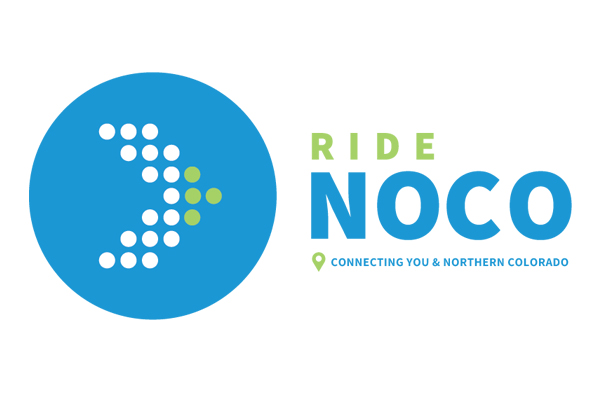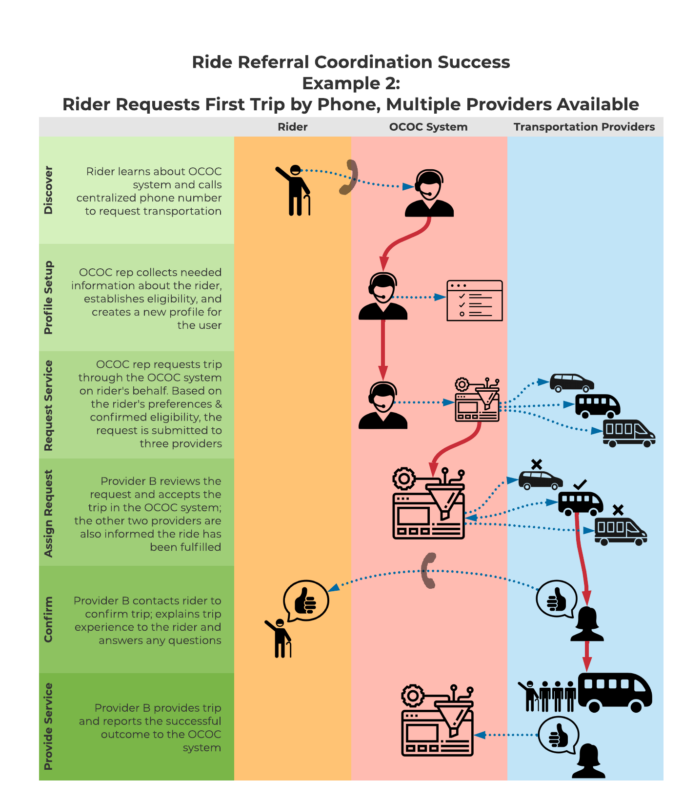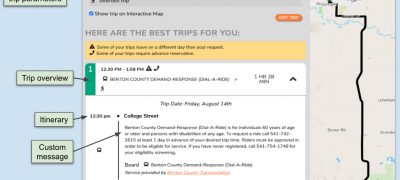What kind of technology is GTFS-Flex?
GTFS-Flex extends the GTFS data format with files and fields that describe demand-responsive transportation (e.g., “dial-a-ride”), enabling riders to discover those services online in trip planning apps.
What problems does GTFS-Flex solve for public transit?
Demand-responsive transit has historically been excluded from the trip planning ecosystem, making it difficult for riders, especially for seniors and people with disabilities, to discover and access these services. GTFS-Flex brings demand-responsive trip planning to these apps, resulting in:
- Wider visibility of all transportation services an agency offers
- Clearer, more consistent information of those services
- Increased rider trust and confidence
- Each one of these outcomes contributes to increased ridership.
Where is GTFS-Flex in its development today?
- Because it is not yet officially part of GTFS, some organizations have implemented GTFS-Flex in fully-realized trip planning tools to test and demonstrate its viability. Other major companies plan to support the technology once it is officially part of GTFS.
- Significant developments around Flex in recent months have brought Flex closer to integration with GTFS than ever. A vote on its adoption is expected to take place in Fall 2023.
- GTFS-Flex also lays groundwork for future improvements to the rider experience like real-time information and integrated booking.
Additional Details and Related Technology
- GTFS-Flex is a free, open-source (i.e., non-proprietary) technology, compatible with any already-existing GTFS dataset.
- OpenTripPlanner has been a key supporting technology in developing GTFS-Flex-based trip planning.
Where it is Used
Other GTFS-Flex Resources
About Trillium
Trillium, an Optibus company, is a software company developing GTFS-based technologies. They maintain GTFS data for over 300 transit agencies in the U.S.







